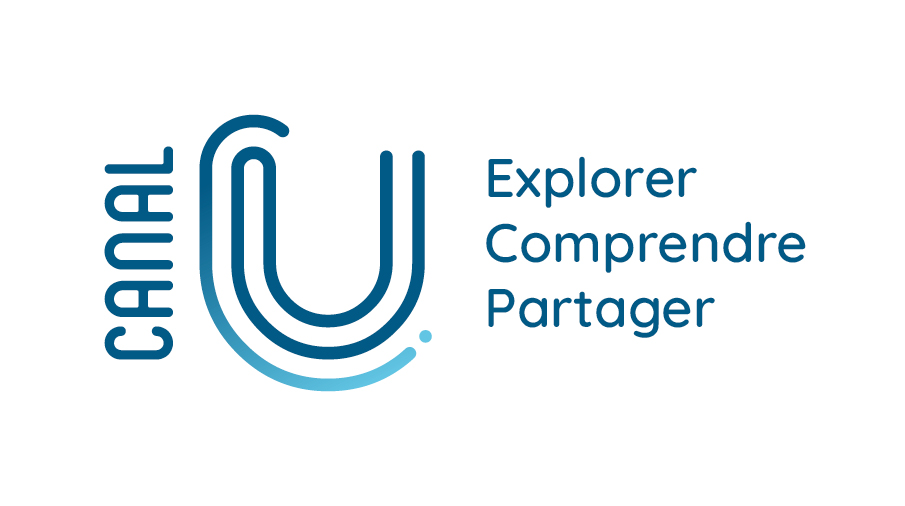
Sommaire
Iron mining and smelting from the late to early medieval Periods in the Mercantour / P. Rosenthal
Date de création :
08.10.2009Auteur(s) :
Patrick ROSENTHALPrésentation
Informations pratiques
Droits réservés à l'éditeur et aux auteurs.
Description de la ressource
Résumé
Iron mining and smelting at high altitude from the late Roman to early medieval Periods in the Mercantour massif (Alpes-Maritimes, France). Patrick ROSENTHAL. In 2eme workshop d'Archéologie du paysage des montagnes européennes "La construction des territoires montagnards : exploitation des ressources et mobilité des pratiques" organisé par les Laboratoires GEODE et TRACES (Toulouse) et le Centre d'Archéologie Préhistorique du Rhône aux Alpes (Valence, France). Université Toulouse II-Le Mirail, 8-11 octobre 2009. [Première journée.] Field investigations we carried out throughout the Argentera-Mercantour massif since 2001, threw important new light on the origin of iron metallurgy in the southern Alps, up to now not very known (Despine, 1823, Roux, 1862, Domergue and Leroy, 2000, Mangin, 2004). The results obtained make it possible to draw up a chronological assessment of three mining and smelting districts in this context of high altitude (fig.1). Each of them includes one iron mine or quarry site on a ridge which supplied downstream one or more metallurgical areas showing remains of bloomeries, early forms of furnace capable of smelting iron. In the Saint-Etienne-de-Tinée district, field investigations identified open pit mining works on the top of Tortisse valley between 2 500 and 2 700 m. They are related to the primary mineralized lodes in the paleozoic micaschists of the Cime du Fer, and a sedimentary breccia in the triassic cargneules, reworking micaschists and hematite fragments from the lodes. Ore dressing areas are located below the screes. Downstream, charcoal kilns and smelting sites with slags and furnace wall fragments have been identified at an altitude of between 2 050 and 2 070 m, close to settlements and dry stone enclosure. In the Isola district, a single exploration, in 2008, provided the first elements of an iron district in connection with the hematite occurence of Tête rocheuse de la Guercha (Pierrot et Al., 1974). The mineralization, located in the gneisses and migmatites of the series of Rabuons shows that the vein of iron oxide has been hollowed out as a mine at several points around 2600 m, below the summit. Downstream, in the Vallon de la Guercha, three places of bloomery have been already discovered near 1600 m. In the Valdeblore district, the iron ore resources of Col Ferrière are located in the upstream part of the Millefonts valley, between 2 225 and 2484 m high. They are associated with the mylonitized gness formation of Valletta-Mollières (Faure-Muret, 1955). Mylonite and its margins are affected by a multidirectional fracturing : cracks and joints are cemented by ferruginous hematite fillings (Pierrot and Al, 1974). Hematite outcrops were mainly exploited by open quarries. They supplied three main areas of metallurgy : - Towards the South, in the Millefonts valley sorting and crushing were carried out directly by the mines at an altitude of 2400 to 2484 m. The ore was smelted in bloomeries, whose remains spread out from 2010 m to 1480 m (Morin, Rosenthal, 2006). - Towards the North in the Margès valley, metallurgical remains were found between 2145 m and 1785 m. - In the Mollières valley, slags and furnace fragments were discovered at an altitude of 1675 m to 1670 m. Footpaths connected the mining works to the smelting sites. Charcoals samples for 14C dating were collected on the sites with slags by coring or directly on outcropping structures of combustion. Calibrated dates gathered by sites highlight a metallurgical activity between the IInd century BC and the VIIth century AD, for the Valdeblore district. In the Saint- Etienne-de-Tinée and Isola districts, the ages range between the IIIrd and the VIth centuries AD. The three iron mining and smelting districts recognized in the Mercantour massif show a similar pattern of organization. Mining and ore dressing took place directly in the alpine level between an altitude of 2 700 and 2400 m. Sorted and sized ore was transported downstream. The higher smelting workshops are located at an altitude between 2145 and 2000 m, near the present higher forest limit, and the others bloomeries range mainly in the subalpine zone and lower. This activity spreads out between the IInd century BC and the VIIth century AD. The mines and slags deposits of Valdeblore are the highest elevation iron metallurgy remains dated known in Europe. The field investigations inventory sets the localisation and the age range of the Mercantour iron mining and smelting. Saint-Etienne-de-Tinée and Valdeblore districts hold the highest known and dated iron metallurgy remains in Europe.
"Domaine(s)" et indice(s) Dewey
- Age du fer (930.16)
- Moyen Age (944.1)
Domaine(s)
- Histoire, Histoire de l'art, Archéologie
- 944.1
Intervenants, édition et diffusion
Intervenants
Édition
- Université Toulouse II-Le Mirail SCPAM
Diffusion
Document(s) annexe(s)
- Cette ressource fait partie de
Fiche technique
- LOMv1.0
- LOMFRv1.0
- Voir la fiche XML




